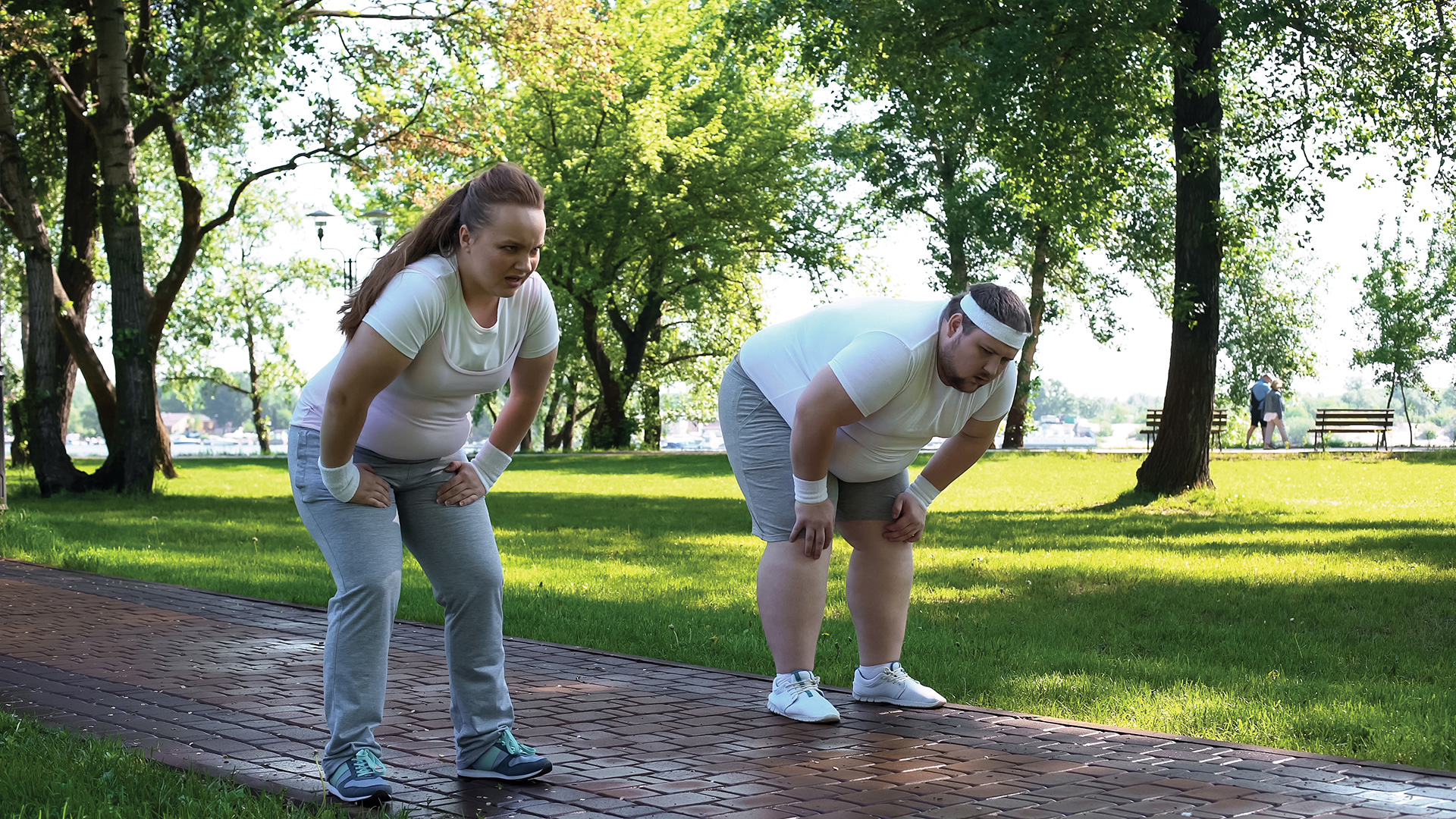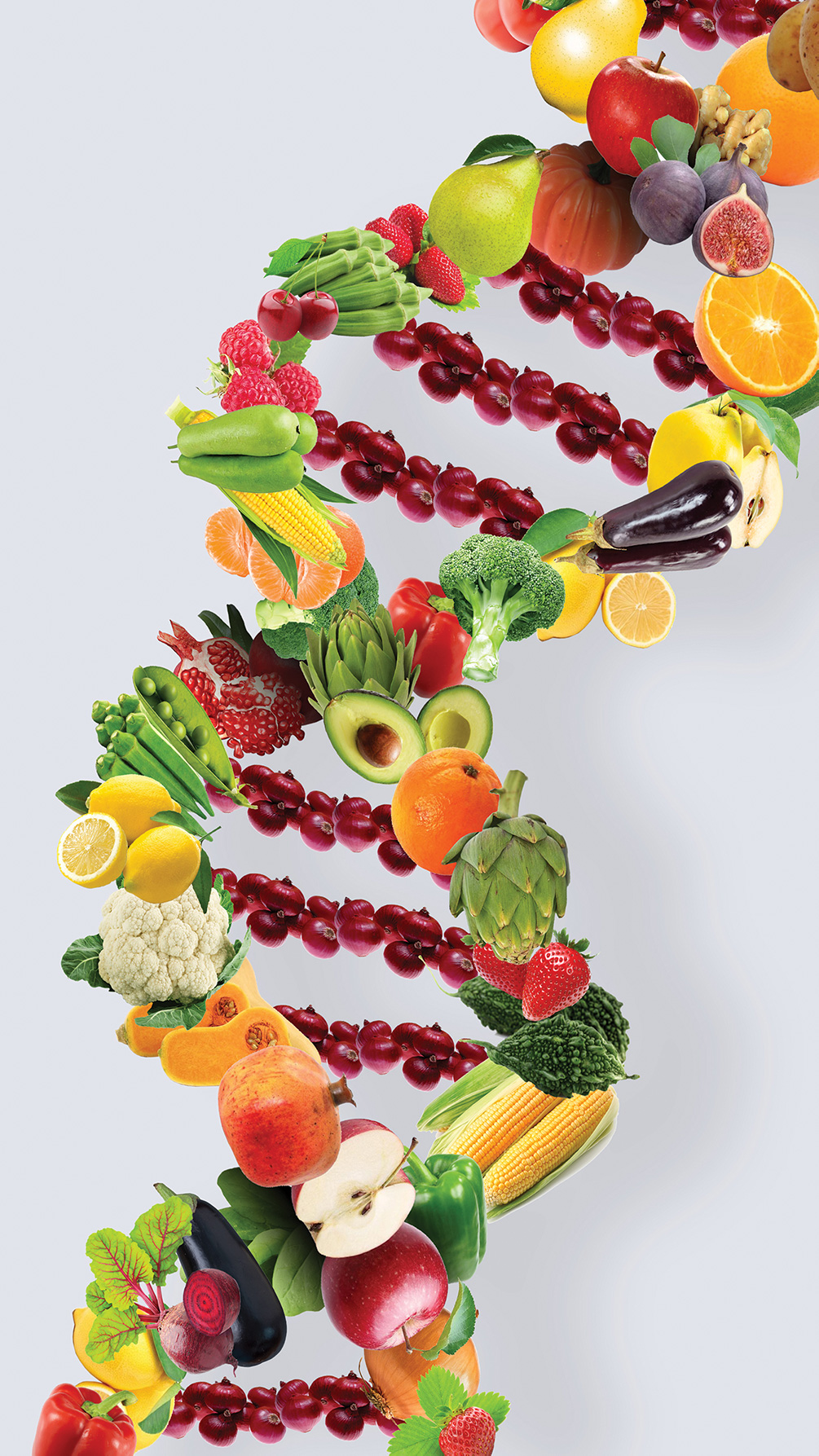This generation needs to fight obesity for the sake of the next
November 1, 2019

Picture this. A couple are trying for their first baby. She’s maximising her chances—faithfully taking multivitamins, cutting down on junk food and swearing off alcohol. She regularly engages in not-too-strenuous exercise, relaxes with meditation, carefully keeps track of her menstrual cycle and knows when it’s best to have intercourse through her smartphone app.
Now consider him. Sure, he’s up for the regular sex bit, but that’s about it. He drinks, smokes occasionally and wears snug Y-fronts despite being a little overweight.
In fact he’s more than a little overweight, even though he considers himself merely muscly, at worst solid, which served him well in his rugby-playing days.
But research is emerging to show that obese men have higher rates of sperm DNA damage, says Andrology Australia director Professor Rob McLachlan. The sperm of obese men can also be affected by what McLachlan calls “epigenetics”—where there are changes in the way the DNA is folded, which can affect a gene’s functioning.
“Obesity can affect embryonic health and the health of the adult offspring,” explains McLachlan. “Say you take four baby mice that are brothers and you make two of them obese by overfeeding them. When they grow up the offspring of the obese mice are more likely to be obese than the offspring of their thinner brothers.” So, as the environment changes and the population becomes more obese, obesity in itself becomes inheritable.

According to the World Health Organization, almost 40 per cent of the world’s adult population is overweight or obese, a percentage that has nearly tripled since 1975.
In previous centuries the earth’s population constantly struggled with food scarcity, which favoured those of us who were able to store energy rapidly as fat when food was in surplus. However, with improved agricultural techniques and more efficient distribution, food has been in abundance in much of the world and obesity—once confined to the wealthy—is now almost the norm.
Plates have become larger to accommodate the extra food. In the 1960s the diameter of an average dinner plate was 22 centimetres; by the 1980s it was 25 centimetres; and in 2009 the average dinner plate size was almost 30 centimetres in diameter.
Not surprisingly, the clothing industry has needed some alterations as well. According to data from the American Society of Testing and Materials, in 1958 a size-12 dress had a waist circumference of 66 centimetres. But by 2011, the average size-12 dress had an 81-centimetre waist circumference.
The founder and designer of his eponymous menswear brand, Dom Bagnato, has been operating in Australia for more than 34 years. “The clothing stock held in stores is more to the bigger sizes, to reflect the needs in the market,” he says.
When considering the global obesity epidemic it’s easy to blame fast foods, overeating and a sedentary lifestyle. But “hidden” in this simplistic viewpoint is a much more complex interplay of genetics and environment, says obesity geneticist and director of genomics at Cambridge University’s MRC Metabolic Diseases Unit Giles Yeo in his new book, Gene Eating: “The environment cannot be the only thing that is influencing our BMI [body mass index]. There must be biological variation in our response to a changing environment. The question of why we have become obese requires examination of why some people eat more than others, why some people are more metabolically efficient and why some people burn more energy.”
Yeo says that it’s lazy thinking to view obese people as simply being careless about their health or lacking willpower. “If I was studying the genetics of osteoporosis or Parkinson’s, would people ask me the same question? What I, and everyone else in the field of obesity genetics, is trying to understand is the biology underlying the problem.”
Yeo argues that there is no one diet or lifestyle modification that suits everyone. He advocates tailoring diet regimes based on an individual’s genetic makeup and personality. He envisions a future where a DNA test from a saliva sample will predict which diet is best for an individual. “Do I believe that ‘the perfect diet’ for each of us is somewhere to be found in our genes? Yes, I do,” he says. “But until we are able to be more sophisticated in our analysis, that time is not now.”
For those of us wanting to lose weight, this still leaves us with the frustration of trial-and-error dieting.
Yeo says the most effective thing we can do is to stick to what he says are dietary “universal truths”.

The first is to accept that dieting isn’t easy. The second is to practise moderation in what and how we eat. The third is to prioritise proteins and whole grains—these foods take longer to digest. The fourth is to be aware of the glycaemic index (GI) of foods rather than just counting kilojoules blindly. The fifth is to eat more unsaturated fats.
The final and perhaps most important dietary truth is that food should be understood, not feared.
Dr Harold Waldrip, a dietitian with more than 35 years’ experience, says the best dietary plans are either the Mediterranean diet or a plant-based diet. “You can eat a lot of plant-based food without negatively affecting your weight,” he said. “It’s the refined foods that are the problem.”
And we all need to get off the couch more often, says physiotherapist John Macansh.
“Getting the population moving should be a major focus,” he said.
So if you’re overweight and thinking about starting a family, the fate of your offspring, or even your ability to have offspring, may well be decided on whether or not you start eating more sensibly. In addition to losing weight, there’s an added bonus. The fitter you are, the more likely you’ll enjoy your sex life. Now if that doesn’t motivate you, I don’t know what will!
Suvi Mahonen is a freelance journalist who lives on Queensland’s Gold Coast with her husband and daughter. This article first appeared in The Australian and is used with permission.








